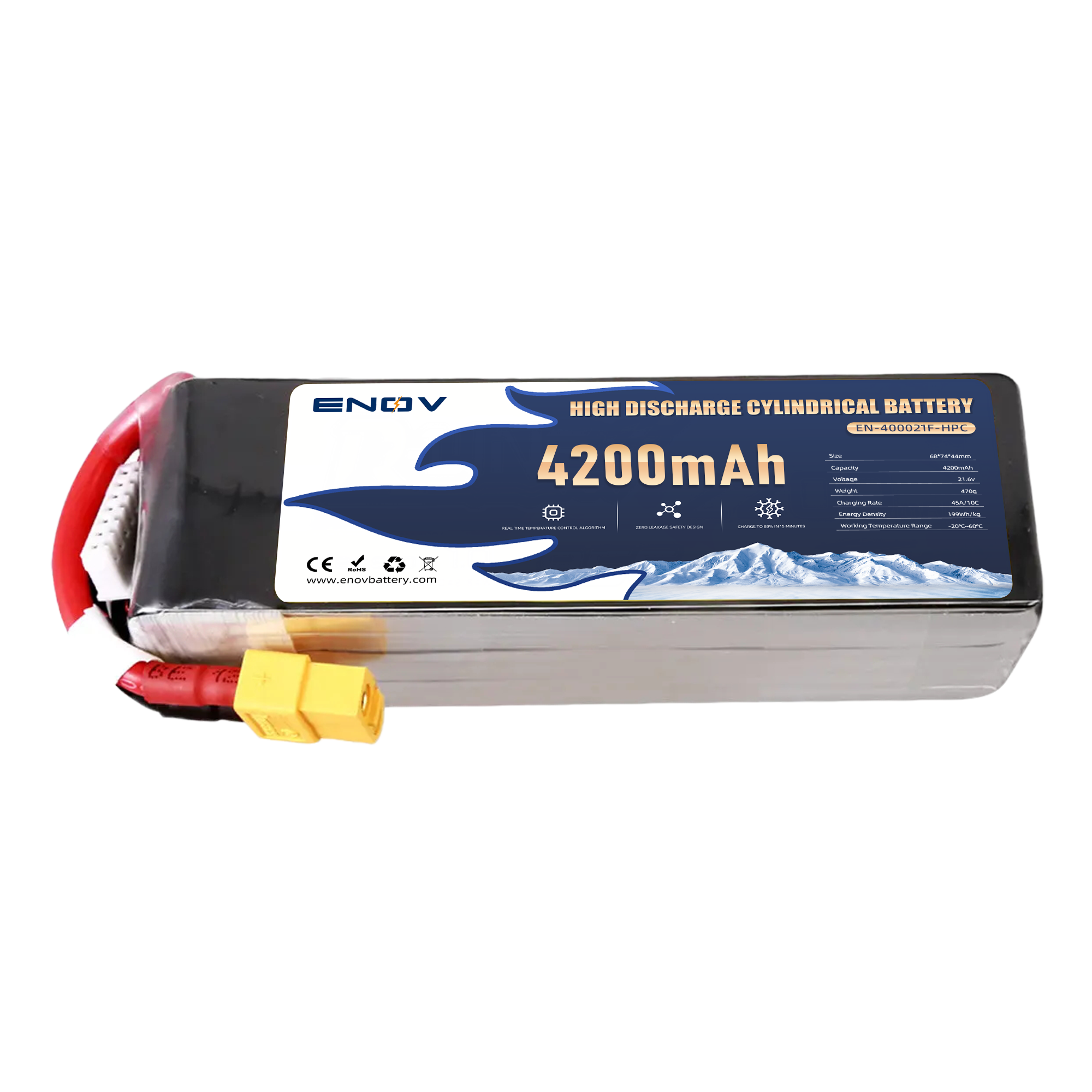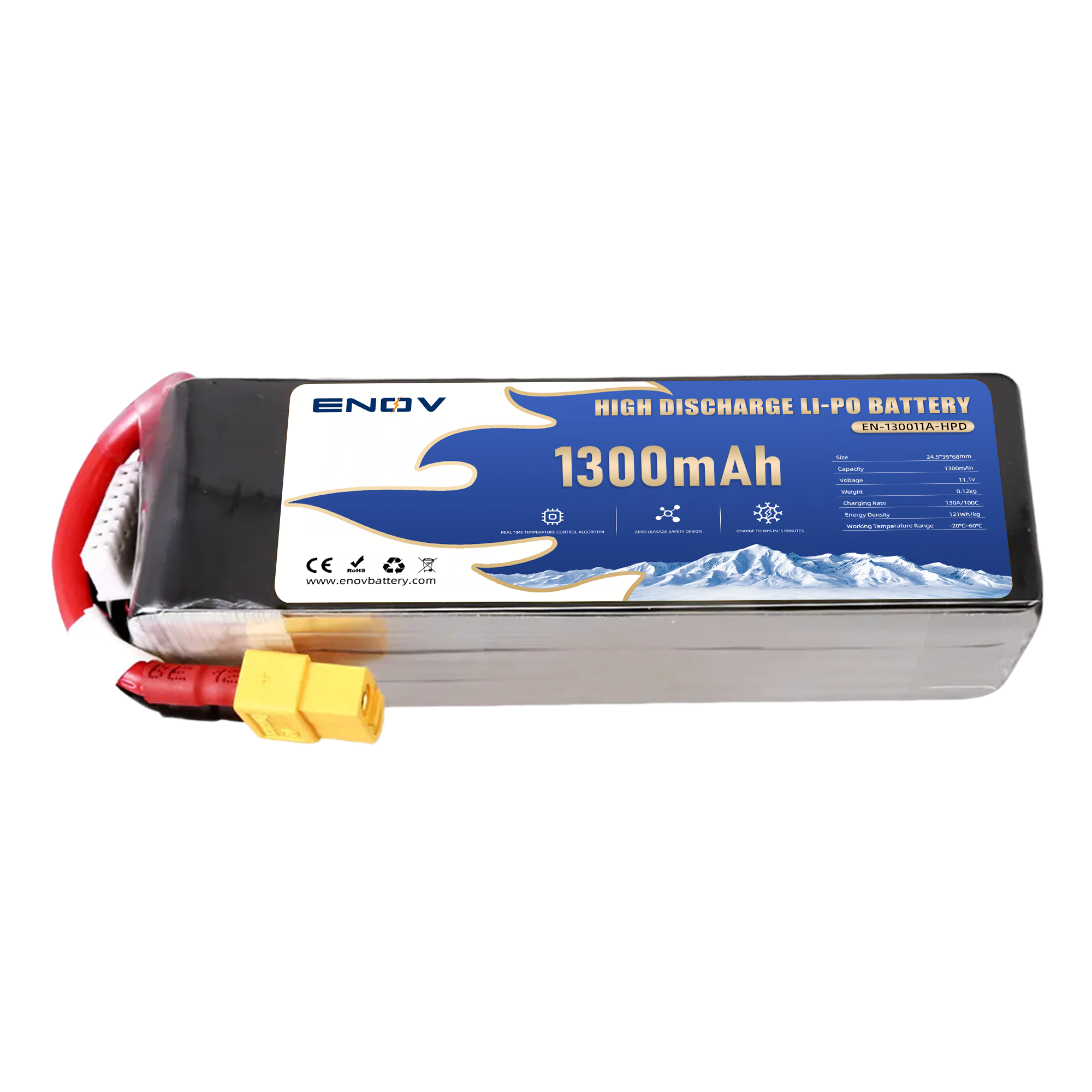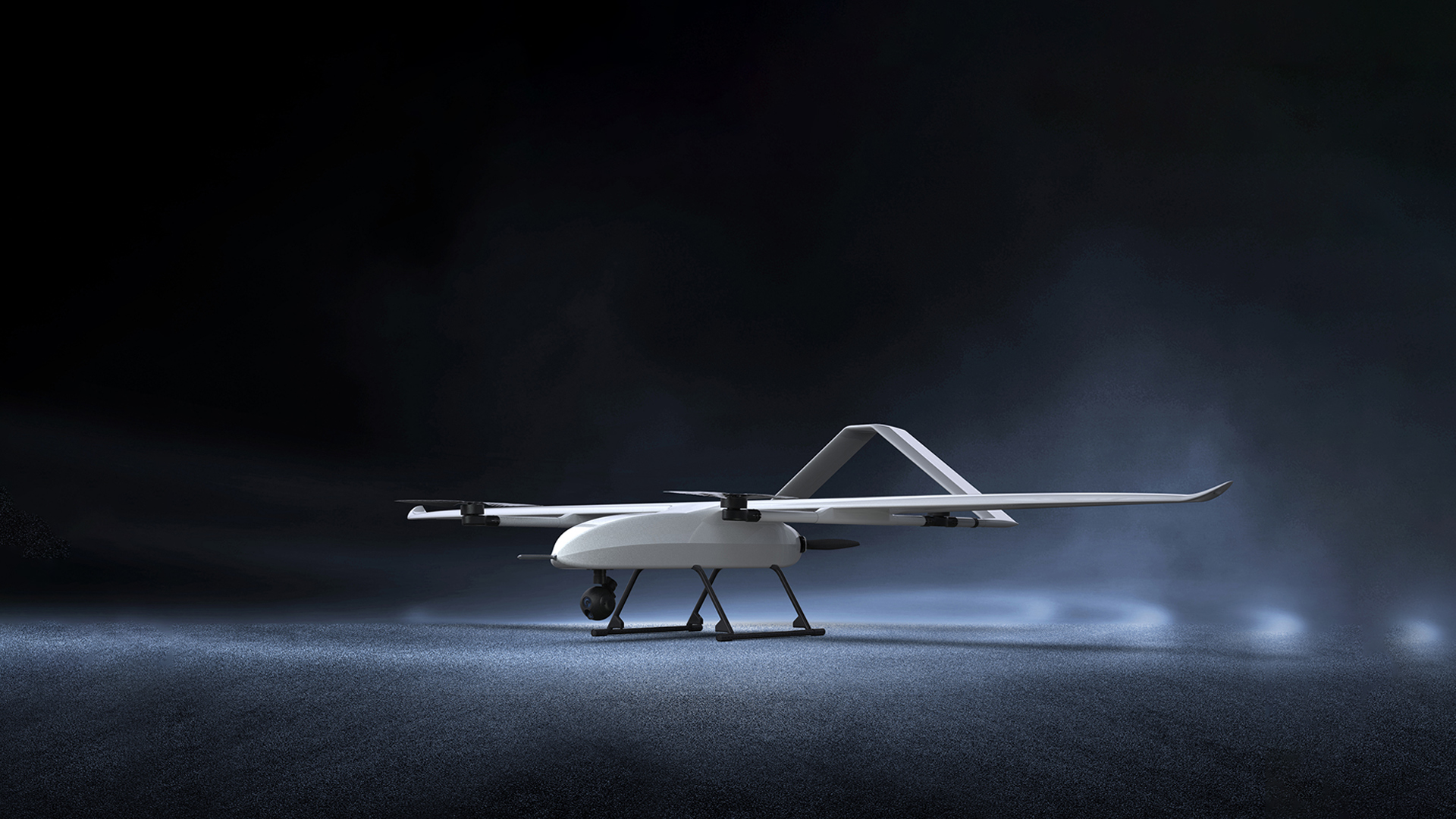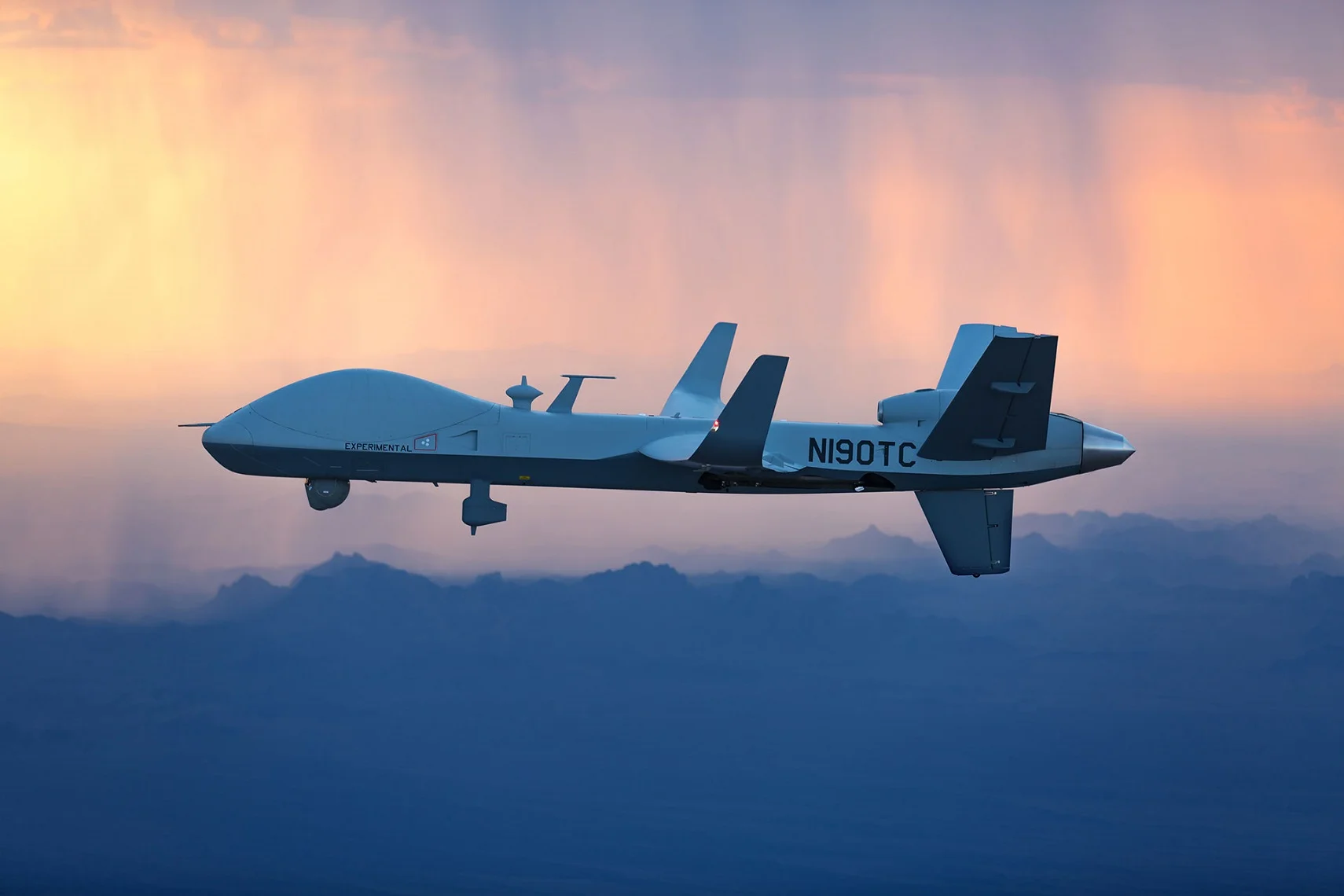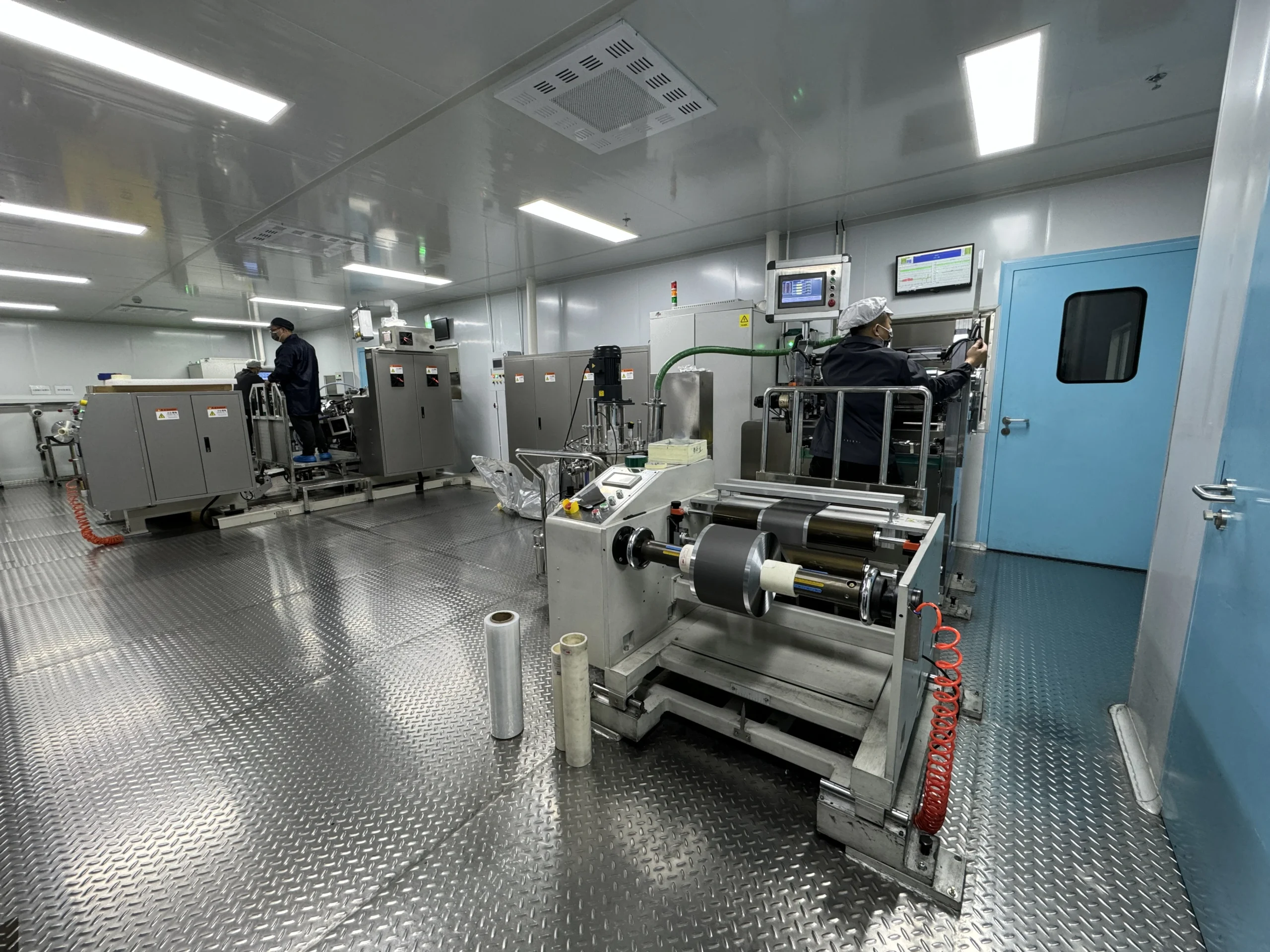AI-Driven Optimization Scalability and Integration:
Overcoming Industry Challenges
Overcoming Challenges: Scalability and Integration in AI-Driven Optimization
AI-driven optimization scalability and integration are pivotal to unlocking transformative business outcomes—yet they remain significant hurdles for organizations adopting advanced machine learning systems.
While AI promises efficiency gains and cost reductions, scaling solutions across complex infrastructures and integrating them with legacy systems demand strategic planning. Below, we dissect these challenges and outline actionable strategies to ensure seamless deployment.
thrust
1. Scalability Challenges: Balancing Growth and Resource Limits
Scaling AI-driven systems often strains existing computational resources and energy capacities. For instance, training large language models (LLMs) requires exponential computing power, with data centers projected to consume 27% of global electricity by 2025 due to AI workloads . Additionally, real-time optimization in sectors like logistics or manufacturing demands rapid processing of terabytes of data, risking latency and system overloads.
To address this, enterprises are adopting modular architectures. Distributed training frameworks allow smaller firms to compete by decentralizing computational loads . Hybrid cloud solutions also enable dynamic resource allocation, optimizing costs while handling peak demands. For example, 79% of companies now repatriate AI workloads to on-premises or edge environments to balance scalability and control
2. Integration Barriers: Bridging Legacy Systems and New Technologies
Integrating AI-driven tools with outdated infrastructure remains a top pain point. Siloed data formats, incompatible APIs, and fragmented workflows often derail deployment. A 2025 survey revealed that 58% of IT teams struggle with managing complex API configurations, while 48% cite high operational costs for cross-platform integration Standardization is key. Adopting unified APIs and middleware platforms simplifies connectivity between AI models and legacy systems.
For instance, AI gateways now serve as centralized hubs, managing 62% of model security protocols and 55% of data flow controls . Industries like healthcare leverage interoperable AI frameworks to merge diagnostic algorithms with electronic health records, reducing manual errors by 30%
3. Energy and Sustainability: Powering AI Without Compromise
The energy intensity of AI scaling poses dual challenges: escalating costs and environmental impact. Data centers currently consume 4.4% of U.S. electricity, with AI workloads driving a 40% surge in natural gas demand . Innovations like liquid cooling and microgrids are critical.
Companies like Vertiv deploy modular cooling systems to cut energy use by 25% in edge computing environments . Renewable energy integration, such as Google’s AI-optimized wind farms, further reduces carbon footprints while maintaining scalability
4. Workforce and Skill Gaps: Building AI-Ready Teams
Operationalizing AI-driven systems requires expertise often in short supply. Over 54% of organizations face skill shortages in AI development, while 60% remain bogged down by manual workflows . Upskilling programs and AI-augmented tools are closing this gap.
Platforms with natural language interfaces enable non-technical staff to automate tasks, reducing dependency on specialized coders. For example, F5’s AIOps solutions autonomously resolve 85% of network anomalies, freeing IT teams for strategic initiatives
5. Future-Proofing Strategies: Collaboration and Adaptive Frameworks
The path to seamless scalability and integration lies in collaboration. Cross-industry alliances, like chip manufacturers partnering with cloud providers, accelerate reference designs for AI factories .
Agile governance frameworks also ensure compliance amid evolving regulations, such as the EU AI Act’s mandates on transparency and bias mitigation Investing in programmable IT environments ensures long-term adaptability. By 2026, end-to-end AI orchestration will automate 90% of app delivery workflows, embedding scalability into core operations
Conclusion
AI-driven optimization scalability and integration are not mere technical hurdles—they are strategic imperatives. Organizations that adopt modular architectures, prioritize standardization, and invest in energy-efficient infrastructures will lead the AI-powered era. As industries converge on hybrid solutions and collaborative innovation, the gap between AI’s potential and its practical adoption will narrow, driving sustainable growth and competitive advantage.
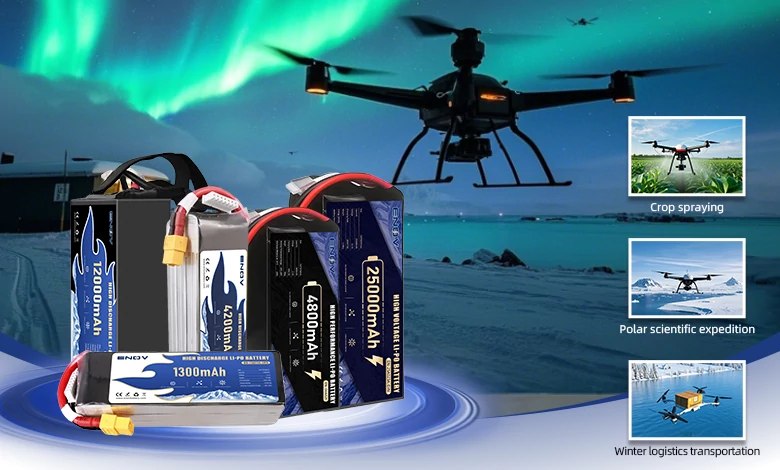
UAV DRONE battery
Enov UAV battery has the most advanced UAV battery new technology, it has a lightweight structural design, ultra-high energy density, stable continuous discharge, customized ultra-high instantaneous discharge, wide temperature working range, stable charge and discharge, battery materials can choose high nickel terpolymer positive/silicon carbon negative material system combined with semi-solid battery technology. Or choose a more mature application of more UAV lithium battery technology, available UAV battery nominal voltage 3.7V, capacity 18.0Ah ~ 30.0Ah, support 10C continuous discharge and 120C pulse discharge (3 seconds). With ultra-high energy density (220-300Wh/kg) as its core advantage, Enov UAV batteries can meet the needs of long-term endurance scenarios such as plant protection drones and transport drones, while maintaining stable emission performance in extremely low temperature environments (-40℃).
Other products
START-STOP LITHIUM BATTERY
LITHIUM ENERGY STORAGE BATTERY
QUICK INQUIRY
FAQ
Access to high frequency technical questions with one click, get accurate answers on product application, after-sales policy and customization process.
Service and Support
Get the latest product specifications, explore professional OEM/ODM customization services, click to open exclusive technical support and production solutions.
Become a Partner
We sincerely invite resources to interconnect, work together for win-win development, and immediately open a new chapter of strategic cooperation!


